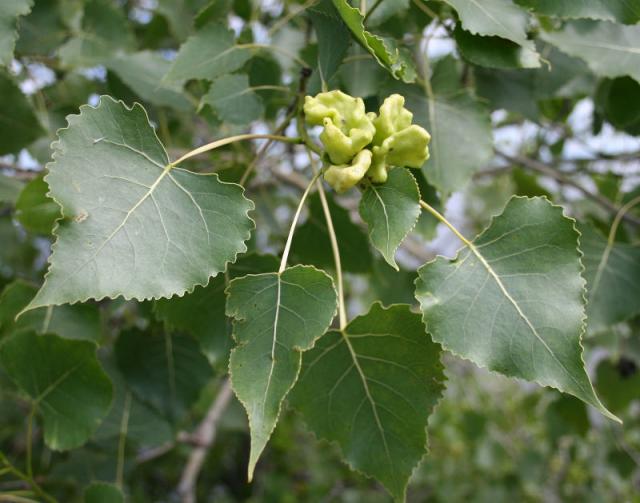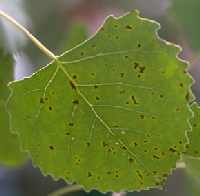cottonwood tree leaf disease
One key to diagnosis is that you will find the fungal growth on both the upper and lower surfaces of the affected leaves. Some stands of aspen and cottonwood trees across northern Colorado and along the Front Range wont be their most picturesque this fall due to leaf spot diseases that benefitted.
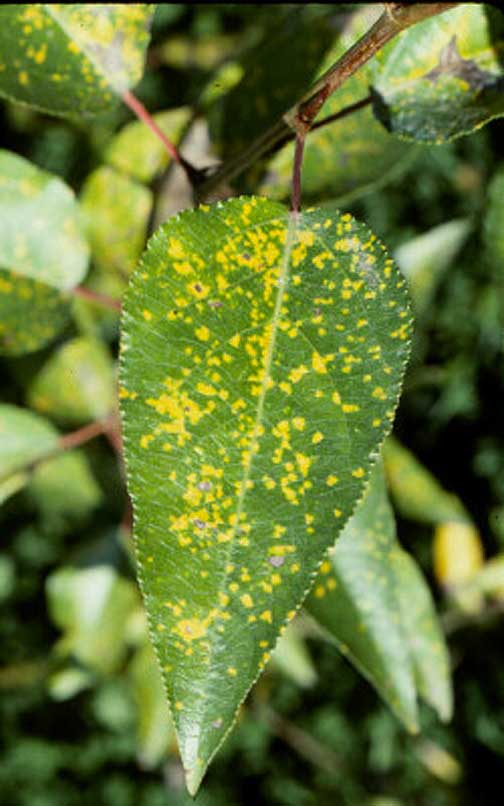
Poplar Populus Spp Leaf Rust Pacific Northwest Pest Management Handbooks
There are also several leaf associated diseases that harm the cottonwood trees as well.

. Four different fungus rots affect the cottonwood tree. Occasionally a severe disease outbreak can cause premature leaf drop and dieback of parts of the tree. Here are some things to look for in your cottonwood tree.
These fungal problems are hard to distinguish from each other and affect unhealthy trees by using unsterilized pruning tools or wounding portions of the bark makes trees more susceptible to the disease. Worse in years with wet springs. Plant Disease Clinic many other broadleaf trees.
The problem shows as cankered areas on stems and branches which eventually. Melampsora leaf rust caused by Melampsora medusae is one of the most serious leaf diseases of plains cottonwood. Female and juvenile scales do not have wings legs.
Cytospora canker is a tree disease caused by several species of Valsa and Leucostoma fungi. Some of the common diseases affecting these trees are. Due to its large size weak wood and penetrating roots it is best used on large properties away from residential areas.
Aspen cottonwood leaf diseases not lethal to trees but could impact fall colors. Dothichiza or Branch Canker. Others include Septoria leaf spot caused by Septoria musiva Marssonina brunnea leaf spot and Alternaria leaf and stem blight caused by Alternaria tenuis 16.
As with many diseases the best route of action is. Here is a link to the Texas Plant Disease Handbo0k information about cottonwood diseases. The disease causes dieback as the canker kills the bark and creates an oozing resin from the trunk.
This tree leaves disease is usually caused by the Rhytisma fungi colonizing the maple family maple proper and sycamore. Cottonwood is indeed susceptible to powdery mildew. Eastern cottonwood is a large fast-growing tree found along streams rivers and lowland areas.
The fungus attacks and kills the bark causing dead or dying areas called cankers. Canker in cottonwoods can be easily identified by its sunken discolored areas of bark. It is native to eastern North America through the Midwest and Chicago region.
Cottonwood Tree Diseases Insect Infestations Slime Flux. Leaves drop. Insects and disease organisms are a continuing threat to cottonwood Populus deltoides Bartr especially during the trees first 5 years.
Cottonwood and Poplar Populus spp. If a tree. Leaf beetles are small less than 13 inch and chew on leaves causing the leaves to fade discolor and fall.
The symptoms start as yellow-green or light green spots in late spring-early summer with added tar-like formations by the late summer. Callus tissue may form. Cytospora canker is the biggest invasive threat to cottonwood trees partially because the wood is already weaker than other types of trees.
Anthracnose Control high risk of spreading the fungal pathogen Identification On sycamore ash maple oak and walnut. Other insects that harm cottonwood trees are leaf curl mites viceroy butterflies tentmakers leaf hoppers and many other insects. Leaf spot fungal diseases can make cottonwood and poplar trees look unsightly.
These pests can defoliate the cottonwood tree completely killing it. Leaf spots and blotches appear in the spring later for walnut often following leaf veins. The danger is intensified in large plantings of a single species and age because rapid buildup of damaging agents can occur.
Its a fungus-based disease that affects stressed trees which would include cottonwoods that experienced a late frost. Cankers first appear as slightly sunken areas on the smooth bark of branches and trunks. Scale insects are not always recognizable as insects.
Insects and disease organisms are a continuing threat to cottonwood Populus deltoides Bartr especially during the trees first 5 years. The danger is intensified in large plantings of a single species and age because rapid buildup of damaging agents can occur. Dark sunken cracked cankers form on twigs trunks and branches.
It is caused by a bacterial infection that enters through wounds in the. Slime flux is also called wetwood. Cytospora and septoria canker fungus.
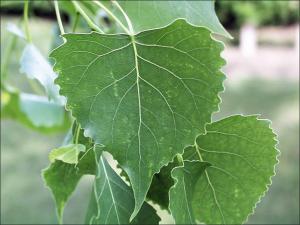
Eastern Cottonwood Natural Resource Stewardship

Aspen Populus Tremuloides Marssonina Leaf Spot Pacific Northwest Pest Management Handbooks
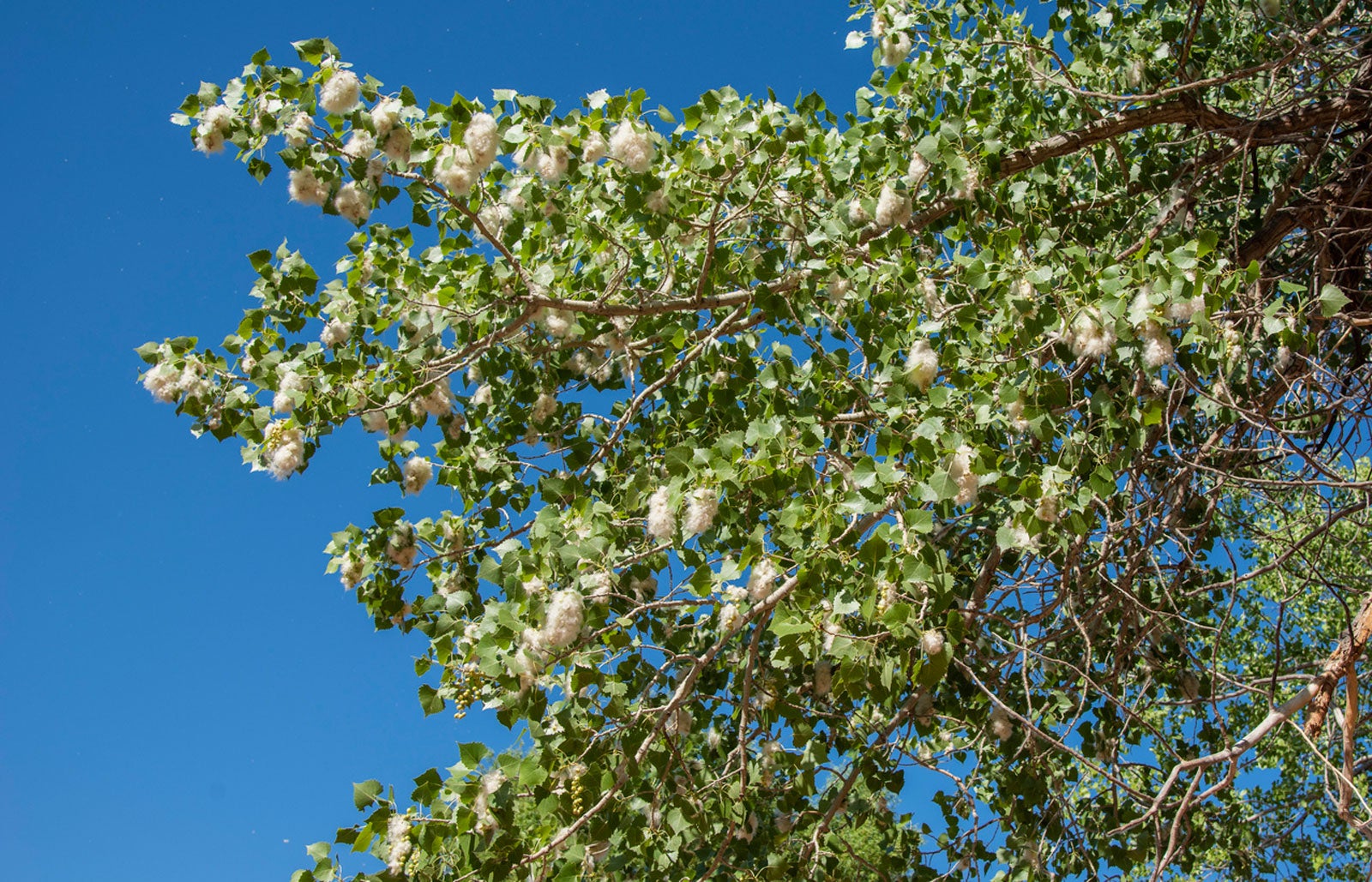
Cottonwood Tree Facts How Fast Does A Cottonwood Tree Grow

Black Leaf Spot Field Guide To Insects And Diseases Of Az And Nm Forests
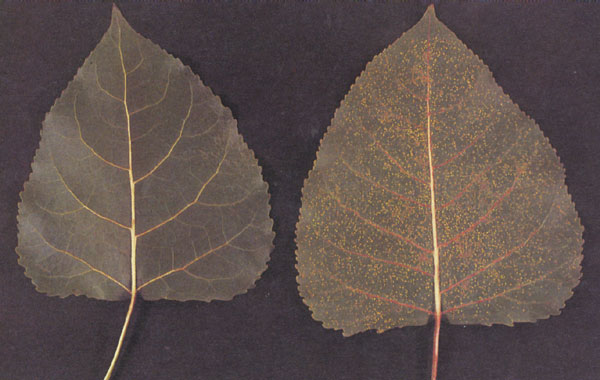
Cottonwood Leaf Rusts Forest Nursery Pests
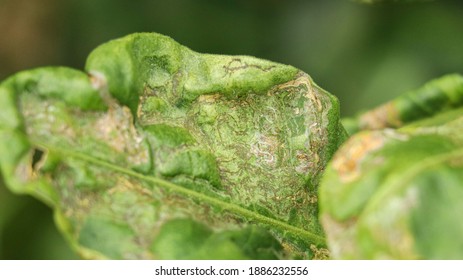
Diseased Cottonwood Tree Images Stock Photos Vectors Shutterstock
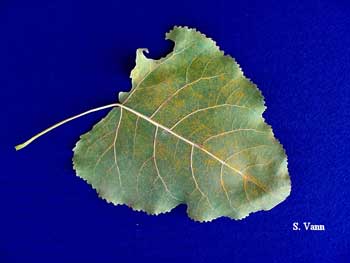
Common Tree Disease Problems Symptoms And Photos Of Tree Disease

Plains Cottonwood Populus Deltopids Subsp Monilifera Lam Tree Service

Problems With Your Fremont Cottonwood Cottonwood Trees And Shrubs Fremont
Cottonwood Tree Leaf Disease 349992 Ask Extension

There Is Fungus Amongus Arborsmith Ltd Crafstman In The Care Of Trees
Diseases Of The Fremont Cottonwood Tree
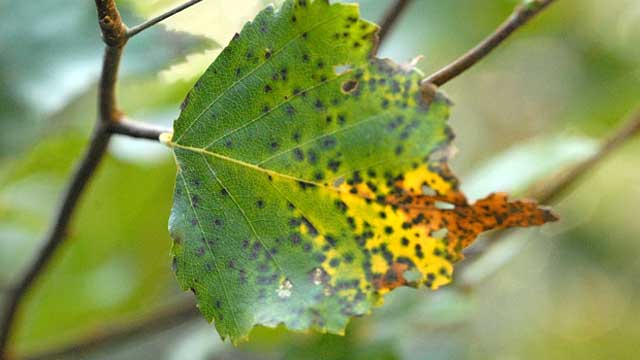
Aspen Tree Fungus Prevention Control 720 248 0000

Colorado Master Gardener Fading Aspen Trees Steamboattoday Com



